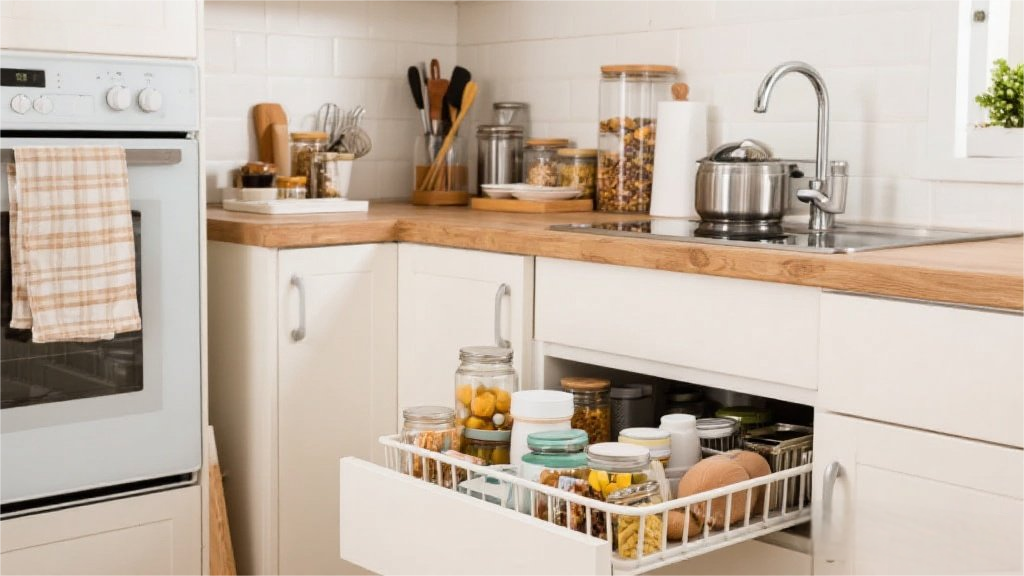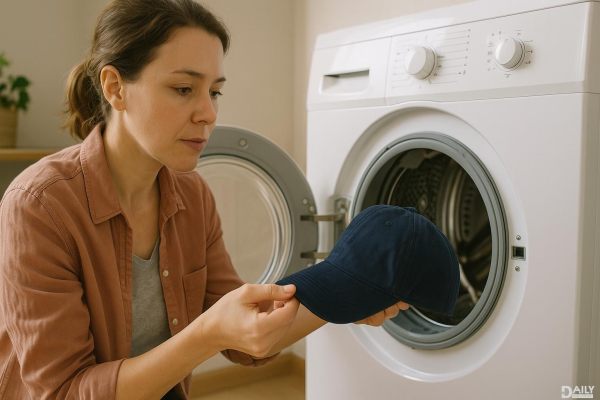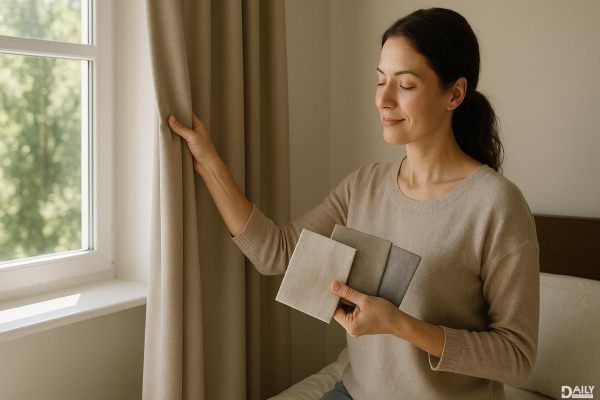Keeping your leather furniture in top shape doesn’t have to involve expensive store-bought cleaners loaded with chemicals. With just a few pantry staples, you can whip up a DIY leather cleaner that’s gentle, effective, and kind to both your wallet and the planet. Plus, it takes less than five minutes to make—so no excuses for skipping this quick but crucial step in furniture care.
The Magic of Homemade Leather Cleaner
Store-bought leather cleaners often contain harsh chemicals that can strip away natural oils over time, leaving your leather dry and prone to cracking. On the flip side, your homemade version—made with olive oil and vinegar—works with the material rather than against it. Olive oil conditions and moisturizes, while vinegar cuts through grime without being too abrasive. The optional citrus essential oil not only adds a fresh scent but also has natural antibacterial properties. It’s a win-win for your furniture and your nose.
Why Vinegar and Olive Oil Are a Power Duo
Vinegar might seem like an odd choice for leather, but its mild acidity makes it perfect for breaking down dirt and sweat buildup without damaging the material. Combined with olive oil, which replenishes lost moisture, this mixture keeps leather supple and prevents it from drying out. Think of it like a spa day for your couch—deep cleaning followed by deep hydration. And unlike commercial cleaners, this blend won’t leave behind a sticky residue or weird shine that makes your furniture look like it’s been shellacked.
How to Mix and Apply Your DIY Cleaner
Start by combining the olive oil and vinegar in your glass jar—shake well to emulsify the mixture. If you’re using essential oil, add it now for a refreshing scent. Dip your reusable towel or sponge into the solution, then wring it out so it’s damp but not dripping. Gently wipe down your leather furniture in circular motions, focusing on high-touch areas like armrests and seat cushions. Let it sit for a minute or two, then buff off any excess with a dry cloth. Pro tip: Always test a small, hidden area first to make sure the cleaner doesn’t affect the color or finish.
When and How Often to Clean Leather Furniture
Leather benefits from regular maintenance, so aim for a light cleaning every 1-2 months to prevent dirt from building up. If you have pets or kids (or just really love snacking on the couch), you might need to clean more frequently. For deeper conditioning, especially in dry climates or during seasonal changes, apply a thin layer of pure olive oil after cleaning and let it soak in overnight. This extra step helps combat the drying effects of heaters in winter or AC in summer.
Common Mistakes to Avoid
Never soak leather—excess moisture can seep into seams and cause warping or mold. Avoid using paper towels, which can scratch the surface, and skip soap-based cleaners that strip away natural oils. Also, resist the urge to place leather furniture in direct sunlight, as UV rays accelerate fading and cracking. If spills happen, blot (don’t rub!) immediately with a dry cloth before treating the spot with your DIY cleaner.
Long-Term Leather Care Beyond Cleaning
To extend the life of your leather, rotate cushions regularly to distribute wear, and use throws or blankets in high-use spots. Invest in a good leather conditioner (or stick with olive oil) for quarterly deep treatments. If your furniture starts looking dull between cleanings, a quick buff with a microfiber cloth can restore its luster. Remember, well-maintained leather develops a rich patina over time—proof that it’s been loved, not neglected.
Taking care of leather furniture might seem like a chore, but with this simple DIY cleaner, it’s easier than ever to keep your pieces looking luxe for years. Plus, you’re avoiding unnecessary chemicals and plastic waste—something your home (and the planet) will thank you for. Now go show that couch some love—it’s earned it.
























